Description
hardware flow control. It is an ideal choice in the field of industrial automation.
Design of ABB industrial robot deburring and grinding workstation based on RobotStudio simulation software
introduction
As an official offline programming software for ABB robots, Robotstudio not only has powerful simulation and offline programming functions, but also has automatic path generation
function and simulation monitoring collision function. It can realize the simulation of robots in real scenes, so as to timely update existing robot programs. optimize. On-site teaching
programming will affect normal production activities on site.
The application of Robotstudio software offline programming can reduce on-site teaching and programming time.
As a traditional process of mechanical processing, deburring and grinding have a wide range of applications. However, for a long time, in the process of manual deburring
and polishing, there have been differences in operations between workers. The manual operation is not repeatable and the deburring effect is unstable, which has seriously
affected the surface quality and service life of the finished product; and the working environment There is a large amount of dust floating in the air and the conditions are harsh,
seriously endangering the physical and mental health of workers. With the proposal of “Made in China 2025”, intelligent manufacturing production has become an
important development direction for the transformation and upgrading of the future manufacturing industry. The use of industrial robot automated production lines for repetitive
batch processing operations can not only greatly improve production efficiency, but also greatly improve product quality. Yield and production stability. Therefore, before designing
the robot polishing program, if the shape, size and polishing amount of the workpiece to be polished are known, the robot offline program can be written on the
Robotstudio software according to the existing conditions, thereby improving the efficiency of on-site programming.
1Design task description
This task is to create a new simulation workstation in ABB robot simulation software Robotstudio. The corresponding training equipment in reality is the Yalong
YL-l360A industrial robot deburring and grinding system control and application equipment. The industrial robot selection and method of the simulation workstation are
The grinding head installed on the blue plate refers to the Yalong YL-l360A industrial robot deburring and grinding system control and application equipment, and the
workpiece is customized. The ABB industrial robot deburring and
grinding workstation simulation training process includes: creating a workstation, setting up tools, creating smart components, creating tool coordinate systems,
creating trajectories, programming, simulation design, and verification.
2 Task implementation
2.1 Create a workstation
Import the robot: First, create a new simulation workstation in the Robotstudio software. The workstation name is self-named, and then import the
corresponding industrial robot IRB1410. The robot position remains unchanged by default. Create a robot system, modify the system options, check 709-1D
eviceNetMaster/s1ave, select Chinese as the language, and leave the other options unchanged by default, then click Confirm to create the robot system
After the robot system is created, hide the industrial robot IRB1410 to facilitate subsequent workstation operations.
Import workpiece: The workpiece here is customized, and the corresponding workpiece is selected according to the actual situation on site. This article
uses the original workpiece Curvet in Robotstudio software. After importing it into the workstation, according to the reachable range of the robot, just place the
workpiece at a suitable location within the reachable range of the robot, as shown in Figure 1.
Import the grinding rotor tool: First, create a new grinding rotor tool component – rotor – copy (2) and rotor – copy (2) in the so1idworks 3D software. The
rotor – copy (2) is a rotatable grinding rotor. —The copy is the tool body, which is the grinding rotor frame, and is installed on the robot flange, as shown in Figure 2.
2.2 Setting tools
First, move the rotatable grinding rotor and the tool body to the local origin based on point A, and adjust the initial tool angle so that the grinding rotor is
parallel to the x-axis of the geodetic coordinate system, as shown in Figure 3. Set the local origin of the tool body at this time, change the position x, y,: to 0, 0, 0, and change the direction x, y,: to 0, 0, 0.
Figure 3 Tool settings
Create a new frame at point B of the tool body, name it “frame l”, and adjust the direction of frame l so that the axis is perpendicular to the
plane of point B. The specific direction is shown in Figure 4.
Excitation system ABB module 3AFE61320946P0001 POS.A6091
Excitation system ABB module 3ADT316300R1510 SDCS-PIN-4B
Excitation system ABB module 3ABD10058721DX5221
Excitation system ABB module 37911-4-0338125
Excitation system ABB module 23BA20D
Excitation system ABB module 216VC62a HESG324442R13/E
Excitation system ABB module 216VC62A HESG324442R112/F
Excitation system ABB module 216VC62a
Excitation system ABB module 216VC62A
Excitation system ABB module 216NG63A HESG441635R1
Excitation system ABB module 216NG63
Excitation system ABB module 216NG62A HESG441634R1/K
Excitation system ABB module 216NG61A HESG441633R1
Excitation system ABB module 216GD61a
Excitation system ABB module 216EA62 1MRB150083R1/F
Excitation system ABB module 216EA61b
Excitation system ABB module 216DB61 HESG324063R100/J
Excitation system ABB module 216DB61
Excitation system ABB module 216AB61
Excitation system ABB module 216AB61
Excitation system ABB module 1VCF752000
Excitation system ABB module 1TGE120028R0010
Excitation system ABB module 1TGE120028R0010
Excitation system ABB module 1TGE120021R0110
Excitation system ABB module 1TGE120021R0110
Excitation system ABB module 1TGE120021R0010
Excitation system ABB module 1tge120011r1001
Excitation system ABB module 1TGE120011R1000
Excitation system ABB module 1TGE120010R1300
Excitation system ABB module 1TGE120010R
Excitation system ABB module 1TGE106170M4200
Excitation system ABB module 1TGB302003R0003
Excitation system ABB module 1SVR450081R0000
Excitation system ABB module 1SVR360663R1001
Excitation system ABB module 1SVR040000R1700
Excitation system ABB module 1SVR011718R2500
Excitation system ABB module 1SVR011718R2500
Excitation system ABB module 1SNA684252R0200
Excitation system ABB module 1SFB536068D1011
Excitation system ABB module 1SBP260022R1001
Excitation system ABB module 1SAR700012R0005
Excitation system ABB module 1SAP530100R0001
Excitation system ABB module 1SAP520100R0001
Excitation system ABB module 1SAP173200R0001
Excitation system ABB module 1SAP150000R0170 PM590-ETH
Excitation system ABB module 1SAJ520000R0101 UMC100
Excitation system ABB module 1MRS050644
Excitation system ABB module 1MRS050644
Excitation system ABB module 1MRS050496
Excitation system ABB module 1MRK002246-BD
Excitation system ABB module 129765-008
Excitation system ABB module 129740-102
Excitation system ABB module 129740-002
Excitation system ABB module 129740-002
Excitation system ABB module 128877-103
Excitation system ABB module 086444-005
Excitation system ABB module 086407-502
Excitation system ABB module 086370-001
Excitation system ABB module 086370-001
Excitation system ABB module 086349-002
Excitation system ABB module 086345-504
Excitation system ABB module 086339-501
Excitation system ABB module 086339-001
Excitation system ABB module 086329-004
Excitation system ABB module 086329-004
Excitation system ABB module 086329-003
Excitation system ABB module 086318-002
Excitation system ABB module 086318-002
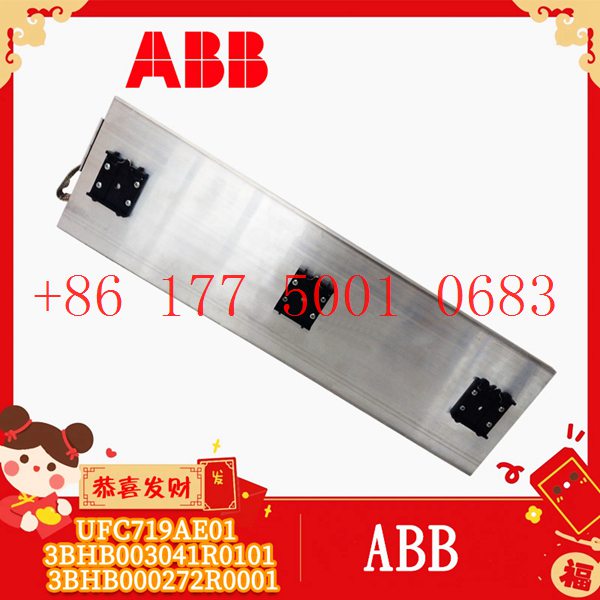
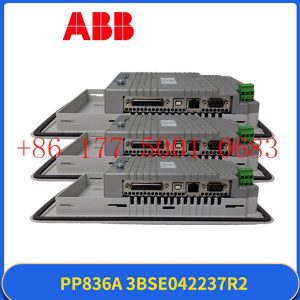
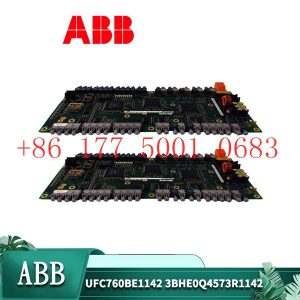
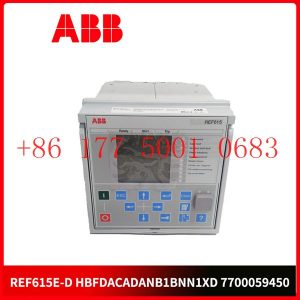
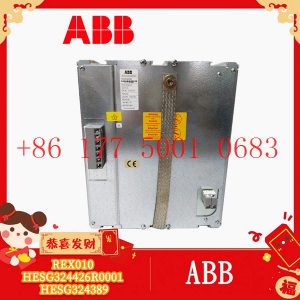




Reviews
There are no reviews yet.